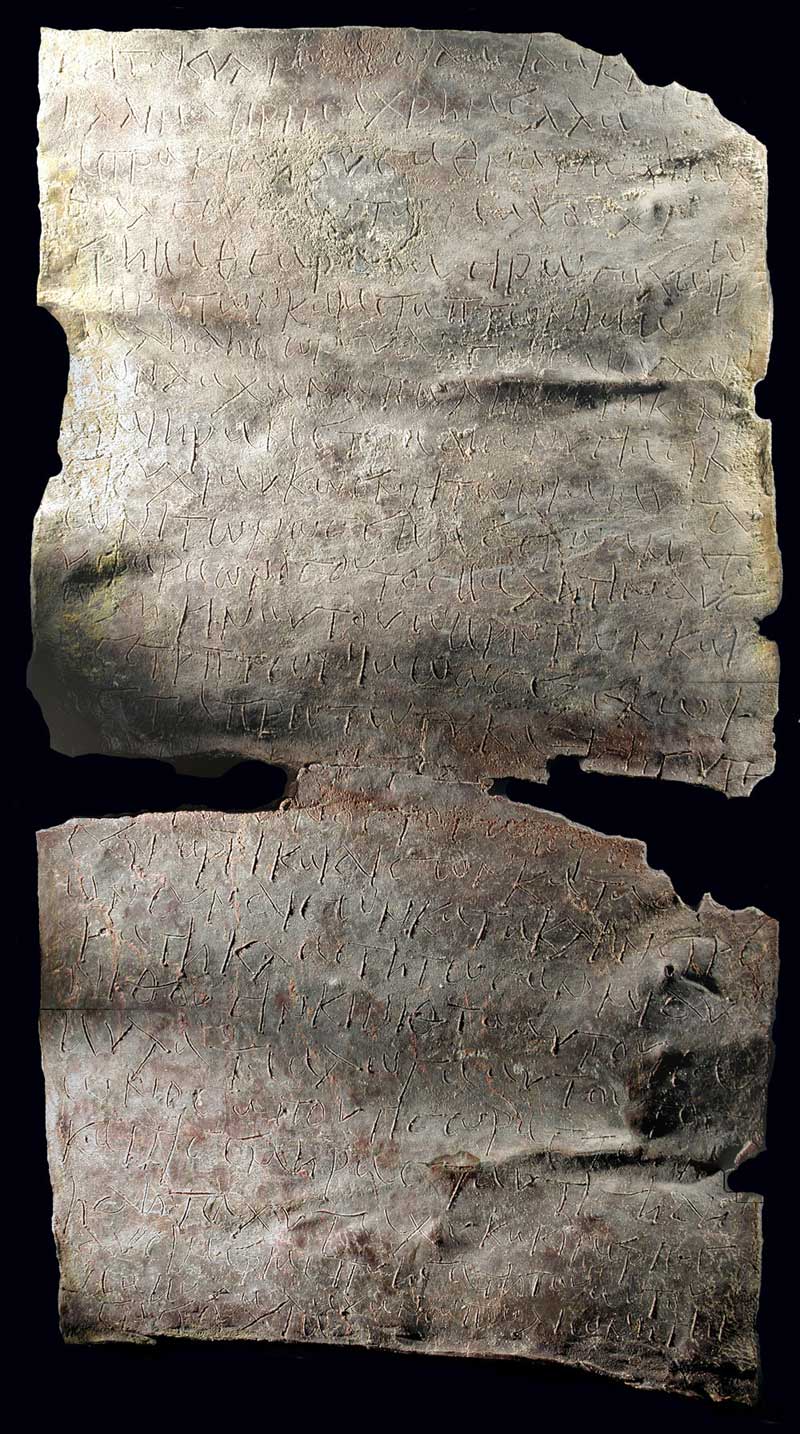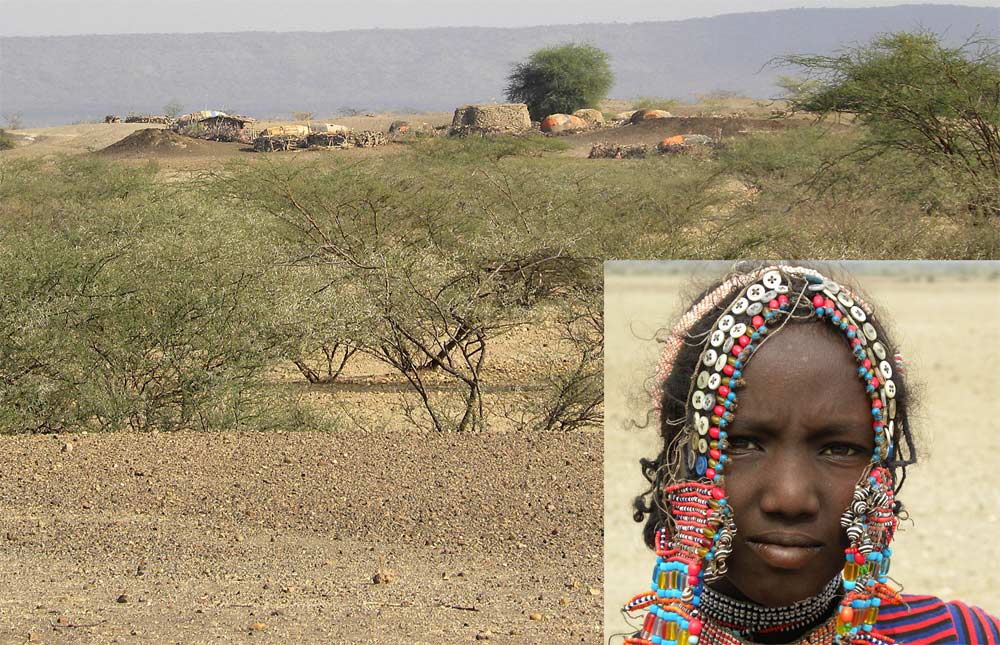
© Wikimedia CommonsOpening of a ditch on the southern side of the gate to the Great Circle Earthworks in Newark, Ohio, United States; note the nearby person for scale. Along with the Octagon and Wright Earthworks, the Great Circle was built by prehistoric Hopewellian peoples. The three sets of earthworks compose the Newark Earthworks; they have been designated a National Historic Landmark.
Many of Ohio's ancient earthworks are aligned to astronomical events, such as the apparent rising and setting of the sun or the moon on key dates in their cycles.
The main axis of the
Octagon Earthworks at Newark, for example, lines up to where the moon rises at its northernmost point on the eastern horizon.
Clearly, ancient Americans were paying close attention to the sky, but why?
This question is considered in a paper by Canadian archaeologists Brian Hayden and Suzanne Villeneuve published in the current issue of the
Cambridge Archaeological Journal.
One of the most commonly proposed answers is that farmers need to know when to plant and harvest their crops, and the solar calendar determines the growing season.
But ancient farmers, more attuned to nature's rhythms than most modern folk, didn't need gigantic astronomical observatories for that. Moreover, the 18.6-year-long cycle of the moon, encoded in Newark's monumental earthworks, wouldn't be of any help at all in determining the best times to sow and reap.


